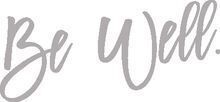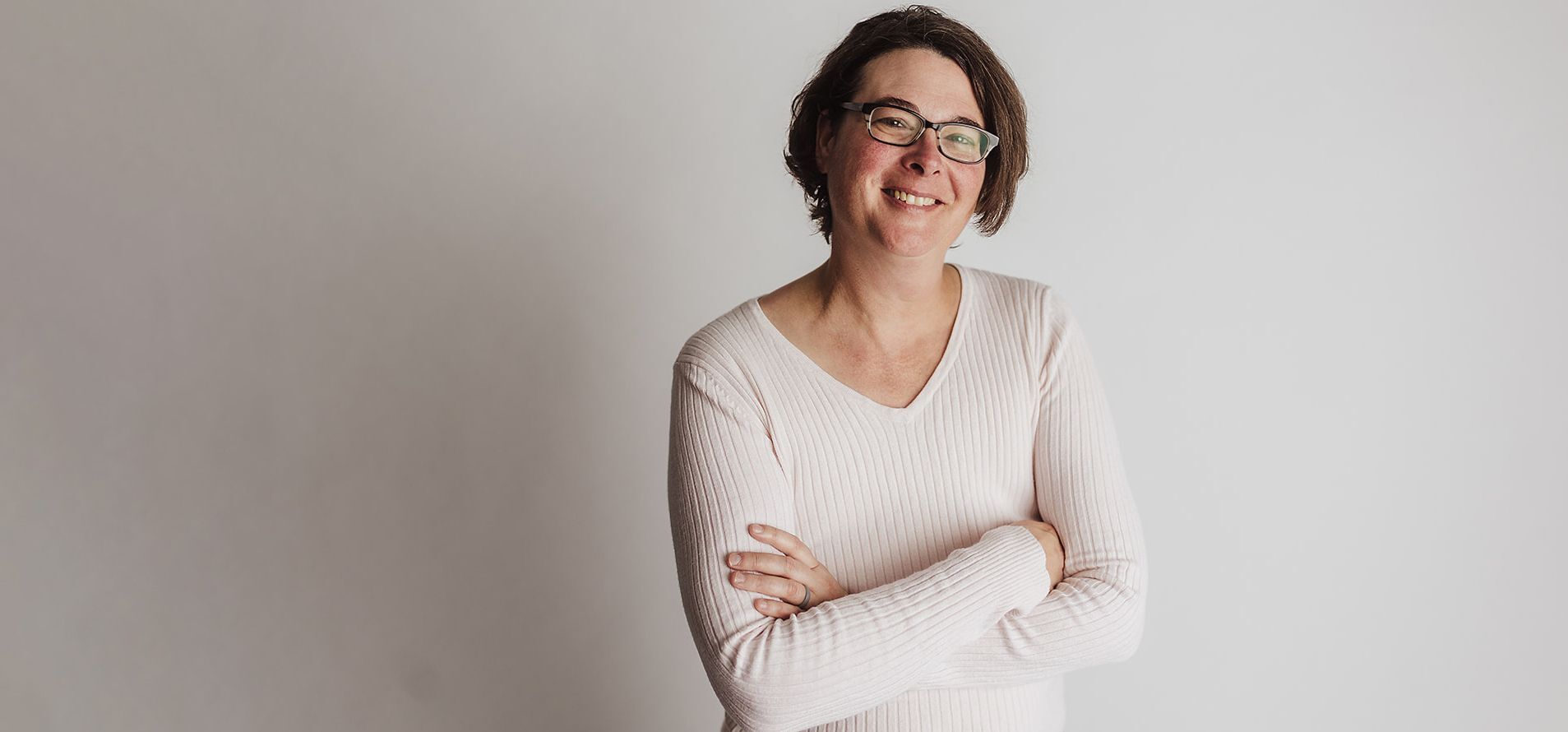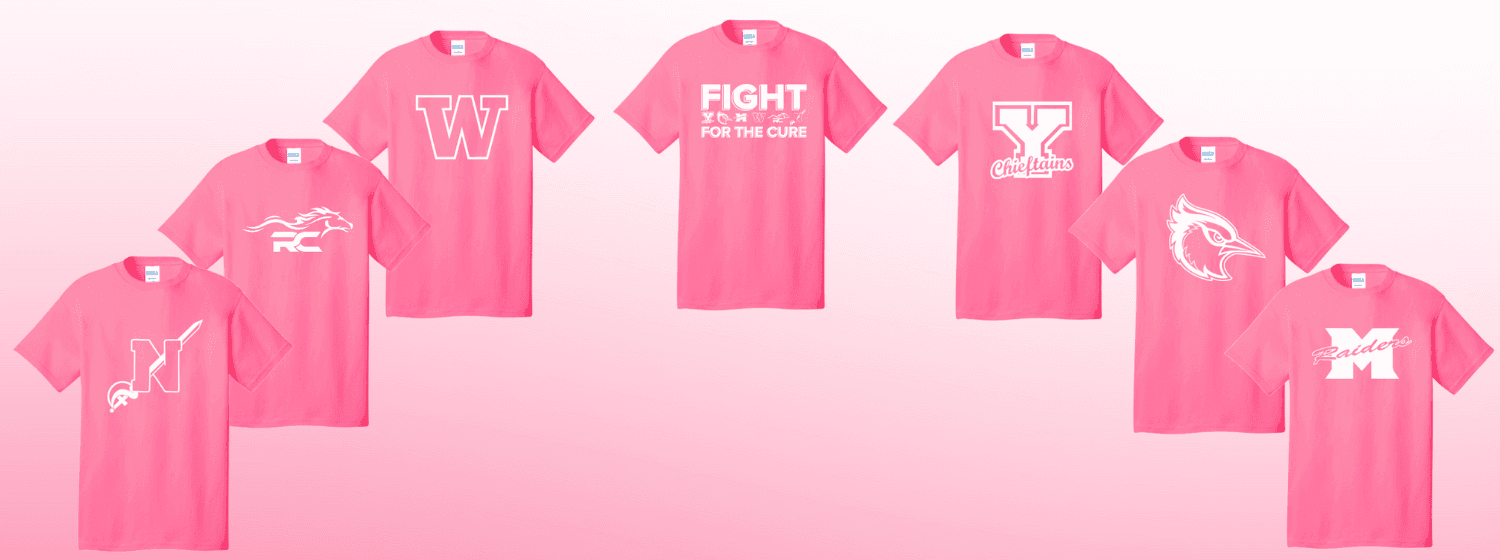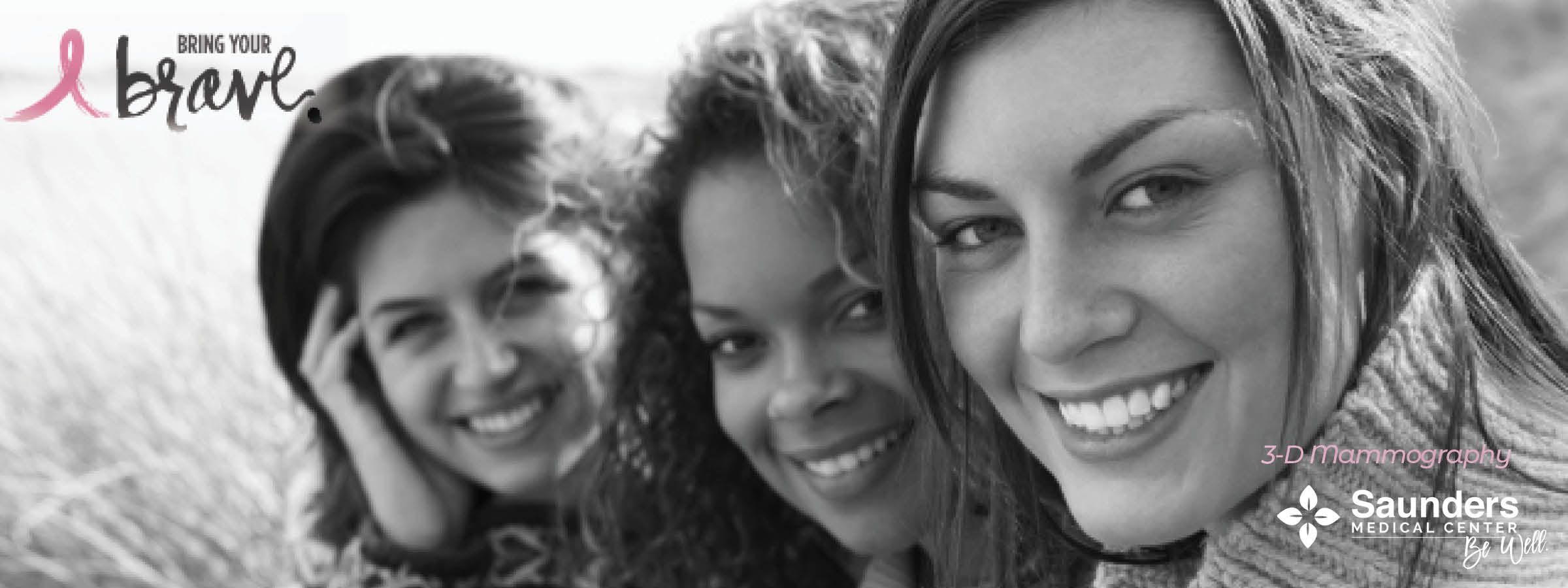Strength and Survival: My Story of Beating Breast Cancer
At 26, I discovered a lump in the shower and immediately contacted my OB/GYN. After an exam, I was told to monitor it and call back if it persisted. When it didn't go away, my doctor, thankfully, didn’t dismiss it as just young, dense breast tissue and sent me for further testing right away. The lump didn’t show up on the mammogram due to my dense tissue, but an ultrasound revealed it, and a biopsy was performed.
The news didn’t fully register at first. The initial biopsy report indicated "abnormal cells," and a lumpectomy was recommended. After the lump was removed, I received the final diagnosis: stage 1 invasive ductal carcinoma at age 26. I was advised to begin chemotherapy and consider radiation. I feared that the treatments would take away my chance to have children, but in my search for an oncologist, I discovered a drug used for young adult Hodgkin Lymphoma patients that shuts down hormones to protect reproductive organs. After receiving the injection, I started my treatment.
I continued to work full-time throughout my treatment, taking every other Friday off for chemo and the following Monday to recover from the white blood cell-boosting injection I received on Sundays. I became known as "the hat lady" among my patients, sporting fun hats, taking naps in my car during lunch breaks, and carrying on with life. I was fortunate to have a supportive rehab team that helped with patient transport to save my energy. Although I worked during chemo, I exhausted my PTO with surgeries and appointments. However, I was incredibly blessed by coworkers, some of whom I barely knew, who donated their PTO hours for my recovery.
My husband was amazing throughout the entire ordeal—keeping the house clean (especially on treatment days when smells were overwhelming), ensuring I made it to all my appointments, and keeping me fed. He even made lots of brownies to help me maintain my weight. Despite being in college, his professors went above and beyond to support him during my treatments. My family, friends, and coworkers were also incredibly supportive. I was never alone during my eight chemo treatments (each lasting 4-8 hours) and seven surgeries over the course of a year. I truly felt blessed.
I decided to forgo radiation and opted for a double mastectomy—I wasn’t willing to risk the cancer returning. After my mastectomy, a volunteer organization called "Look Good Feel Better" visited me, offering information on prosthetics, wigs, and more. The chemo center also had headscarves made by volunteers. The kindness and support I received from strangers were overwhelming. Fortunately, I didn’t need many additional services, aside from physical therapy to regain range of motion due to significant scar tissue from repeated surgeries on my right chest area.
A year and a half after my last chemo session, I was deemed healthy enough to have children. The drug that protected my ovaries worked, and I went on to have two children post-treatment.
At the time of my diagnosis, there was no known family history of the BRCA gene, and I still test negative for it today. However, my mother went through breast cancer treatment last year, and her sister had it about ten years ago. I know I’ll need to be diligent about my daughter’s health.
—Cortney Kleffner
Occupational Therapist
Edge Therapy & Wellness

Thank you, Cortney, for sharing your story in the hopes of helping others.




